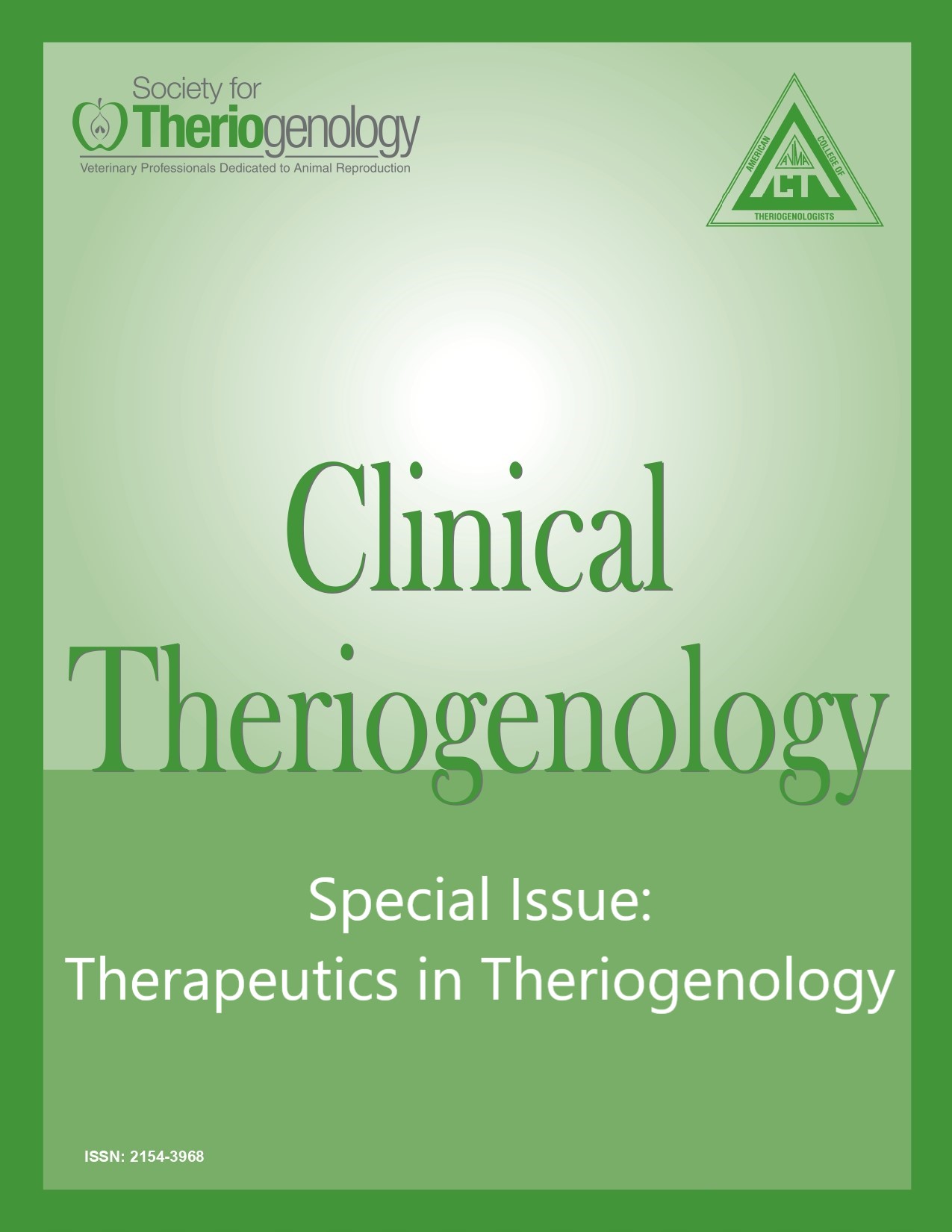Estrous cycle manipulation in cats
Abstract
For decades, interest in reproductive physiology of the domestic cat has largely been driven by its importance as a model for wild felids and human biomedical research. As such, several assisted reproductive technologies have been established in cats. Despite the growing need for feline theriogenology, the application of these tools in clinical practice is extremely limited. We discuss: 1. reproductive physiology of the queen and her unique challenges; 2. estrus induction (photoperiod, social interaction, and pharmacologic [gonadotropins, GnRH agonists]); 3. natural cycle monitoring (blood hormones, fecal hormone metabolites, behavior, vaginal cytology, transabdominal ultrasonography) and ovulation induction (manual stimulation, pharmacologic [gonadotropins, GnRH agonists]); 4. estrus suppression (photoperiod, melatonin, GnRH agonists, progestins); and 5. permanent nonsurgical contraception (immunocontraception, gene therapy). This review will summarize published reports on estrous cycle manipulation in felids, both wild and domestic; notable differences between cats and dogs are highlighted and comments based on the authors’ personal experiences and preferences for application are included.
Downloads
References

This work is licensed under a Creative Commons Attribution-NonCommercial 4.0 International License.
Authors retain copyright of their work, with first publication rights granted to Clinical Theriogenology. Read more about copyright and licensing here.





